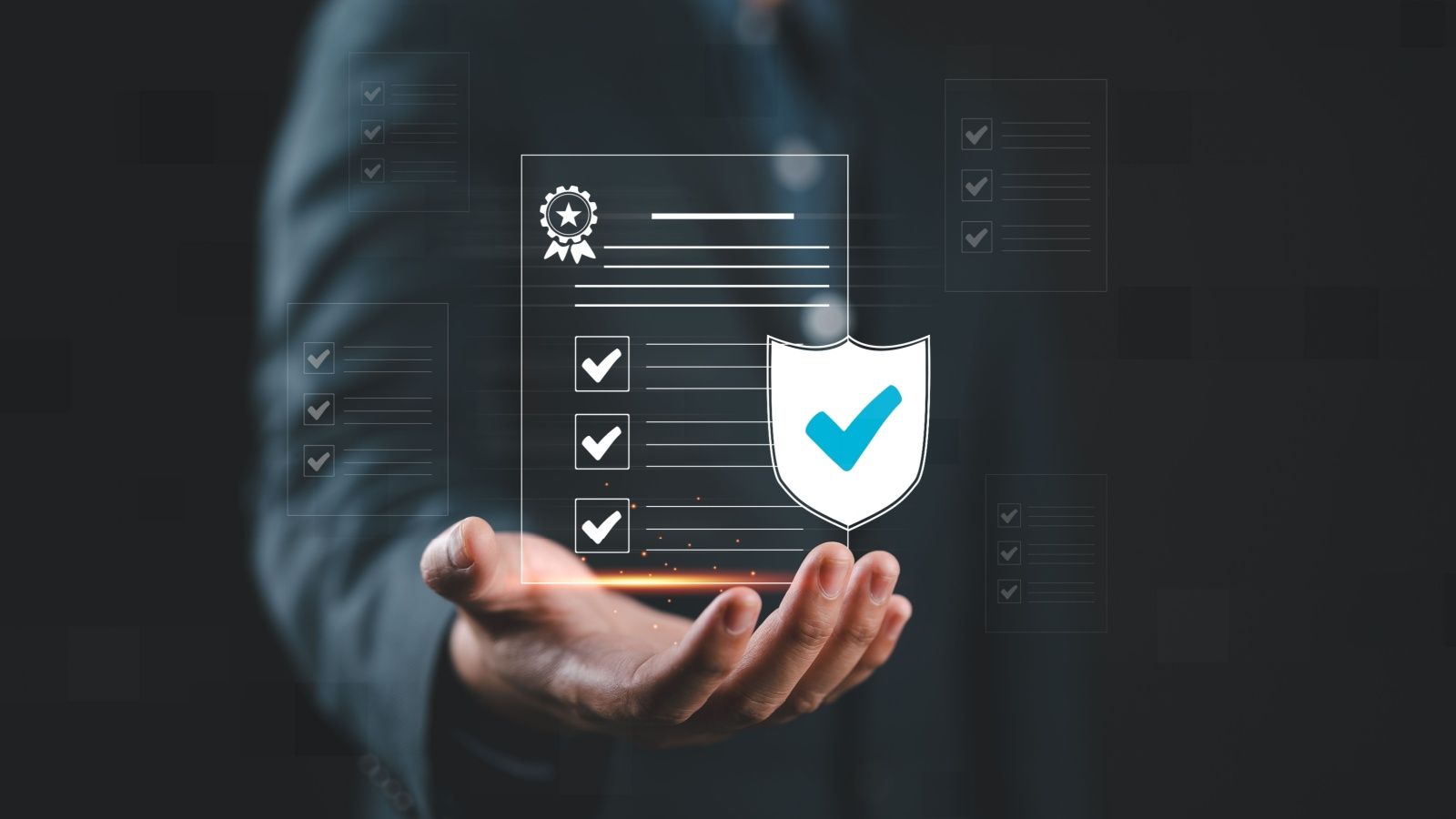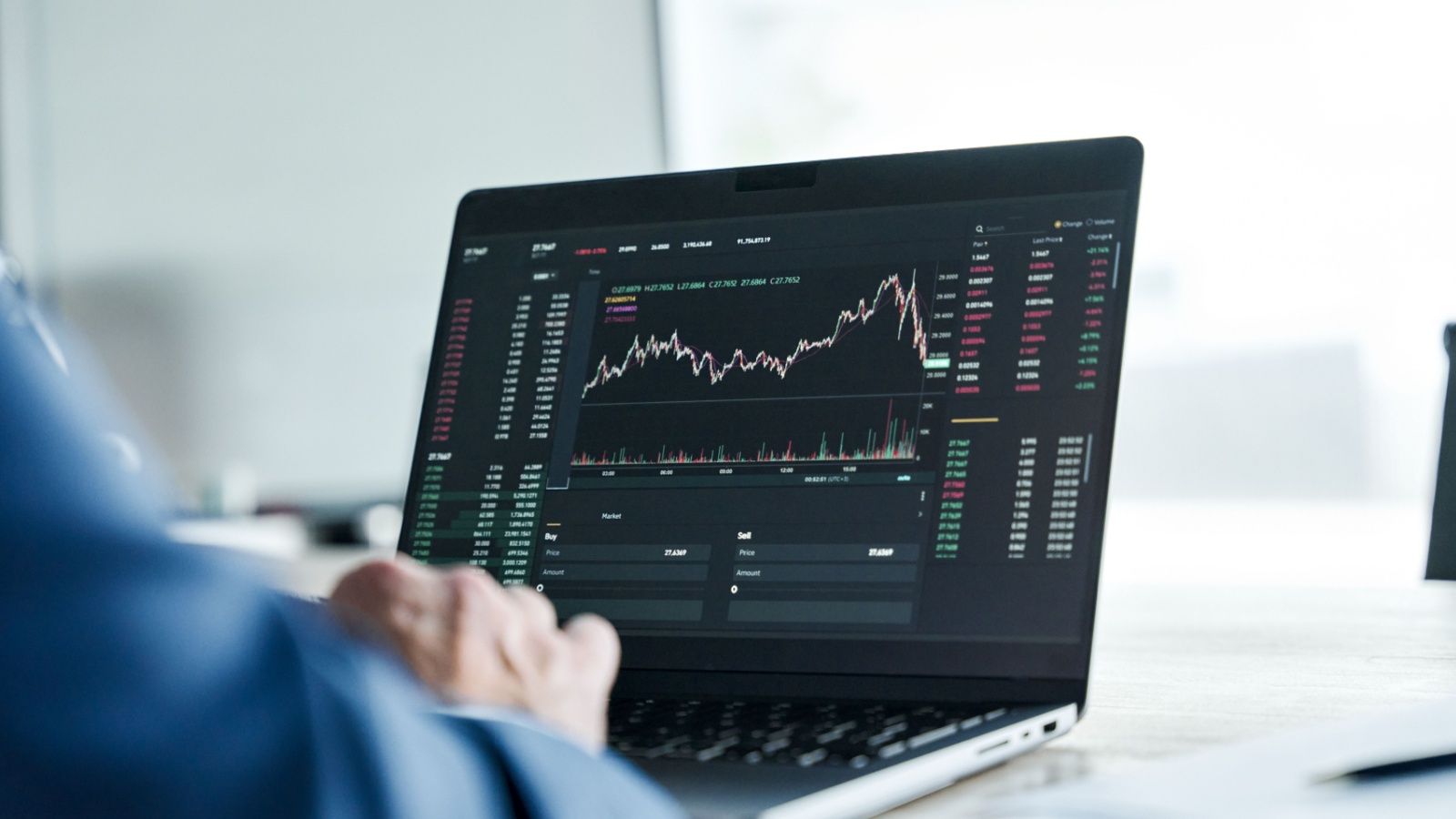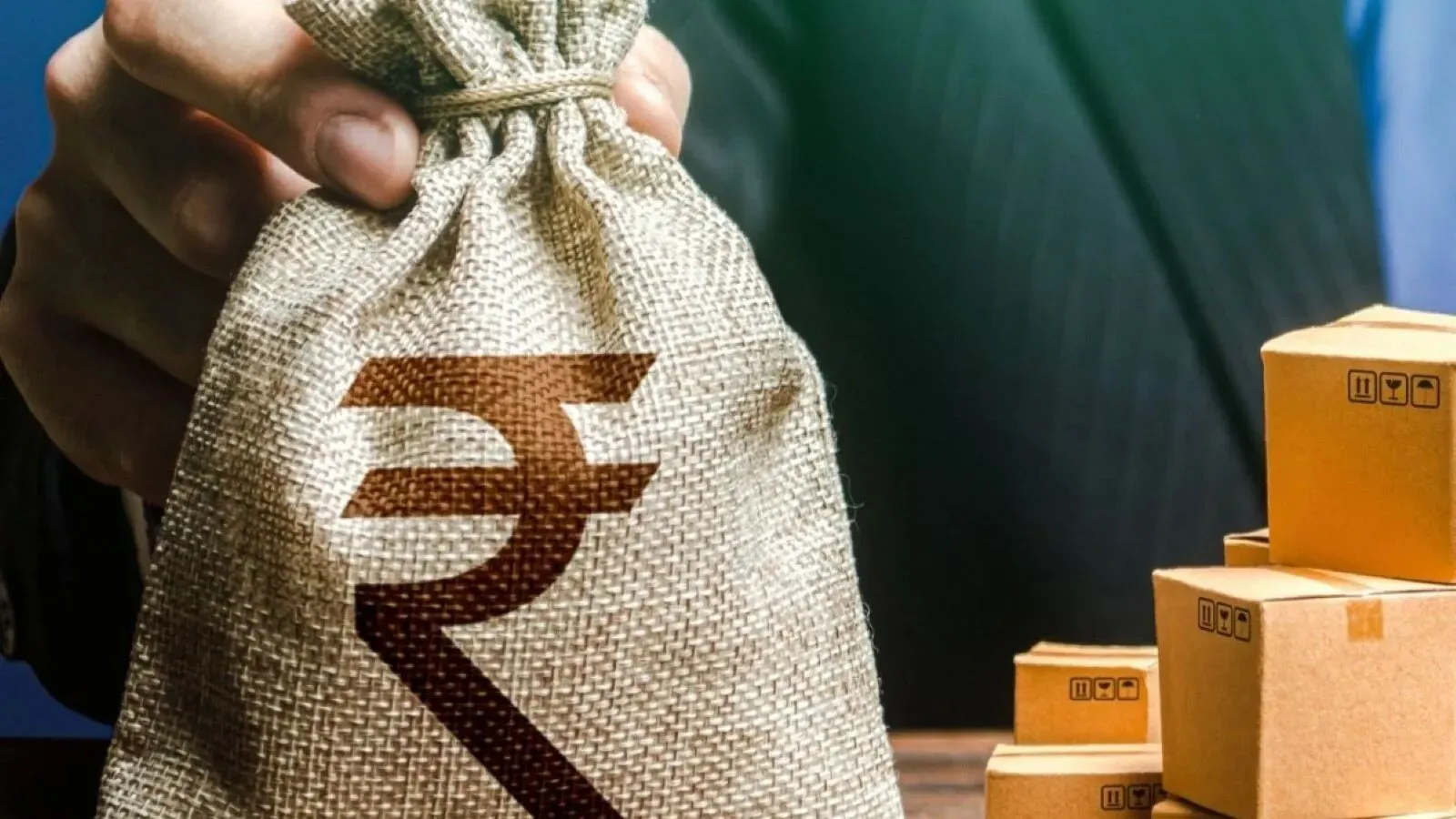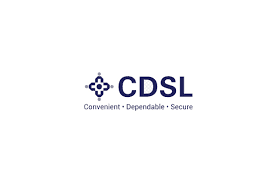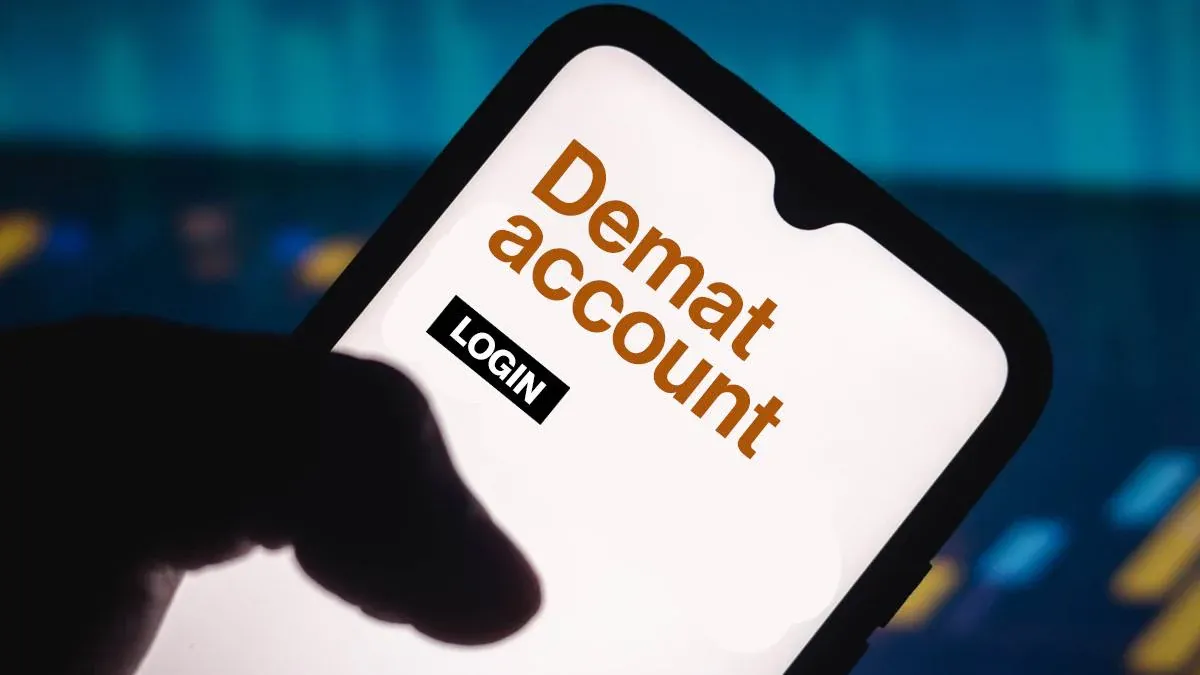Documents required for demat account
Written by Upstox Desk
Published on October 17, 2025 | 5 min read

The “demat” is a short form dematerialized account. It’s the securities equivalent of your bank account, holding your financial instruments like bonds, shares, mutual funds, government securities and exchange-traded funds (ETFs). It’s called so because it holds all of them in a dematerialized or electronic format. You as an investor (or a shareholder) have the advantage of holding shares in electronic form rather than physical form. Hence, there are few governments approved documents required for your demat account.
Key Points
- You need to provide some documents in order to kickstart your demat account opening process. These include PAN Card, address proof, and bank proof. A properly filled out account opening form can go a long way in ensuring that your account is opened quickly.
- If your phone number is linked to your Aadhaar Card then you can open a demat account online--completely paperless.
Documents required to Open demat Account
Proof Of Identity
- PAN Card
- UID (Aadhaar)
- Driving Licence
- Passport
- Voter Identity Card
- NREGA Job Card
- Any document notified by the central government
Proof of address
Lastly, you’ll need to submit a proof of address in India. There can be some overlap of address proof and ID proof documents. The full list includes:
- Passport
- UID (Aadhaar)
- Voter Identity Card
- State issues Driving License
- NREGA Job Card
- Utility bill which is not more than two months old of any service provider (electricity, telephone, post-paid mobile phone, piped gas, water bill).
- Bank account or Post Office savings bank account statement.
- Documents issued by Government departments of foreign jurisdictions and letter issued by Foreign Embassy or Mission in India.
Proof of bank
You’ll have to show proof of the bank account that you wish to connect with your account. If you have a canceled cheque that has your name on it then you can send it to your broker along with the account opening forms. Or, if you’re opting for the online account opening process you can upload the canceled cheque with the bank’s IFSC code to the online portal.
In a bank proof a broker needs the following from you:
- Your name
- Bank’s IFSC Code
- MICR
Some brokers allow you to submit your bank statement which has your name, MICR and bank’s IFSC code or the front page of your passbook as long as it has all the above details clearly visible.
Fields that are to be filled in the demat account form:
- Type of account (Ordinary, NRI, NRI-Non-Repatriable or HUF)
- Account holder information (name, address, telephone no., email id etc.)
- Second holder details
- Guardian details
- Extra information for NRIs (foreign address, RBI reference no. and RBI reference date)
- Bank details (Account no. , account holder’s name etc.)
- Financial details (PAN number)
- Photograph
- Declaration (Holder’s name and signature)
Procedure for opening a demat account
Armed with these documents, you’re only one step away from opening a demat account. Choose your broker after having compared them based on factors such as customer service, account charges, and user experience.
Depending on the format you’re storing these documents in (paper or electronic), you can choose between 2 paths on completing this process.
Paper forms
- Download and print the demat account opening form, and fill in the necessary details.
- Submit the account opening forms along with the required documents specified by your broker. Your broker might ask for an updated KYC form if it is not already updated. Proof of identity and proof of address are one of the most important proofs that you need to submit.
- The account opening form will also ask you to mention a nominee. A nominee is a person who will be in-charge of your account and its assets if some kind of mishap were to happen to you.
- You’ll also come across the Depository Participant-Investor agreement, which contains details such as the charges you’ll incur while holding the dematerialized account, the rules and regulations, terms and conditions, and also the duties of the broker and your rights as an investor.
- An in-person verification to check that your details are true and valid may be completed.
- After all the formalities are completed, you’ll receive a Beneficiary Owner Identity (BOID) or Unique Client Code (UCC) - a unique account number that will be used in all future transactions you conduct.
Electronic demat registration (eKYC)
As you can see the paper registration process can be cumbersome and stretch over multiple days. Thanks to the internet and our increasingly integrated systems, it’s a lot easier to open a dematerialized account now.
- If you have soft copies of all your required documents and the Aadhaar Letter as Proof of Address for Know Your Client (KYC), you can register your account online. Simply feed in basic details - such as the email ID and mobile number you’d like to use. In order to receive the OTP, make sure the given mobile number is linked to your Aadhaar Card.
- The next screen should ask you your PAN number for validation.
- After this screen, we come to the most important feature of the account opening process--validation via Aadhaar details.
- Enter your Aadhaar (UID) number, and Upstox will perform all the remaining data validation for you - such as full name, address, age, gender or all the other details will be prefilled.
- Once you upload all your documents, your account registration should be complete. Good luck trading!
Wrapping Up
- You can choose from a variety of options as Proof of Address and Proof of ID as well.
- With some brokers, you can upload the scanned copies of your documents to their account opening portal directly.
About Author
Upstox Desk
Upstox Desk
Team of expert writers dedicated to providing insightful and comprehensive coverage on stock markets, economic trends, commodities, business developments, and personal finance. With a passion for delivering valuable information, the team strives to keep readers informed about the latest trends and developments in the financial world.
Read more from UpstoxUpstox is a leading Indian financial services company that offers online trading and investment services in stocks, commodities, currencies, mutual funds, and more. Founded in 2009 and headquartered in Mumbai, Upstox is backed by prominent investors including Ratan Tata, Tiger Global, and Kalaari Capital. It operates under RKSV Securities and is registered with SEBI, NSE, BSE, and other regulatory bodies, ensuring secure and compliant trading experiences.
